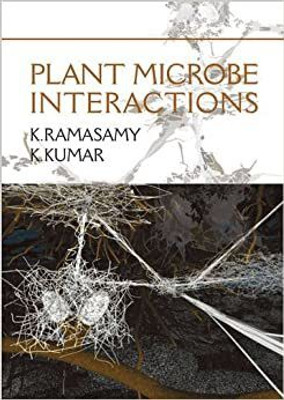Plant-Microbe Interactions(English, Hardcover, K.Kumar K. Ramasamy)
Quick Overview
Product Price Comparison
Plants constitute an excellent ecosystem for microorganisms. The environmental conditions differ considerably between the highly variable aerial plant part and the more stable root system. Microbes interact with plant tissues and cells with different degrees of dependence. The most interesting from the microbial ecology point of view, however, are specific interactions developed by plant-beneficial (either non symbiotic or symbiotic) and pathogenic microorganisms. Beneficial interactions are caused by symbiotic and non-symbiotic bacteria and a highly specialized type of fungi, the mycorrhizae. The pathogenic and detrimental interactions of microbes involve viroids, viruses, bacteria and fungi, and lead to infectious diseases affecting only the plant kingdom. Microflora composition of any agro-ecosystem is governed by the equilibrium created by the associations and interactions of all flora and fauna found in the community. In soil, microorganisms live in close proximity and interact among themselves as well as with existing plant communities in different ways, which could be beneficial (mutualism, commensalism, proto-cooperation) or neutral (epiphytic).These microbial interactions govern the functioning and stability of agro-ecosystem, playing significant role in the production and productivity crops. Hence, this book on Plant-Microbe Interactions is aimed at bringing out the recent developments in this field including the molecular mechanisms and proteomics involved in the establishment of Plant-Microbe Interactions. The book reviews the enormous diversity of plant associated microbes, and their molecular mechanisms, small molecules and proteomics involved in the establishment of their mutual interactions. Utilization of these rhizosperic, phyllospheric and endophytic microbes as nutrient providers, in combating phytopathogens and ameliorating the stressed and polluted soils is also explained. Importantly, the book also throws light on the unanswered questions and future direction of research in the field. It illustrates how the basic knowledge can be amalgamated with advanced technology to design the future bio-formulations. This book will be useful in providing latest information in this topic to Scientists, Researchers, Ph.D and PG students working in the field of Plant Sciences.


